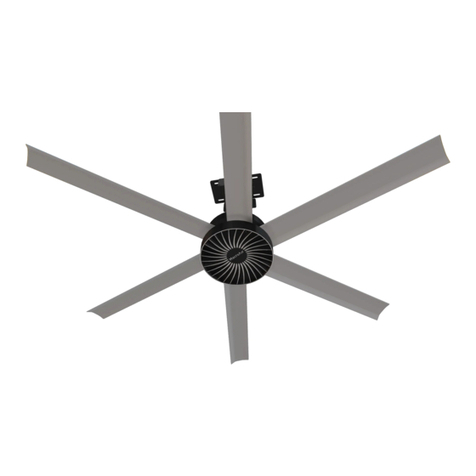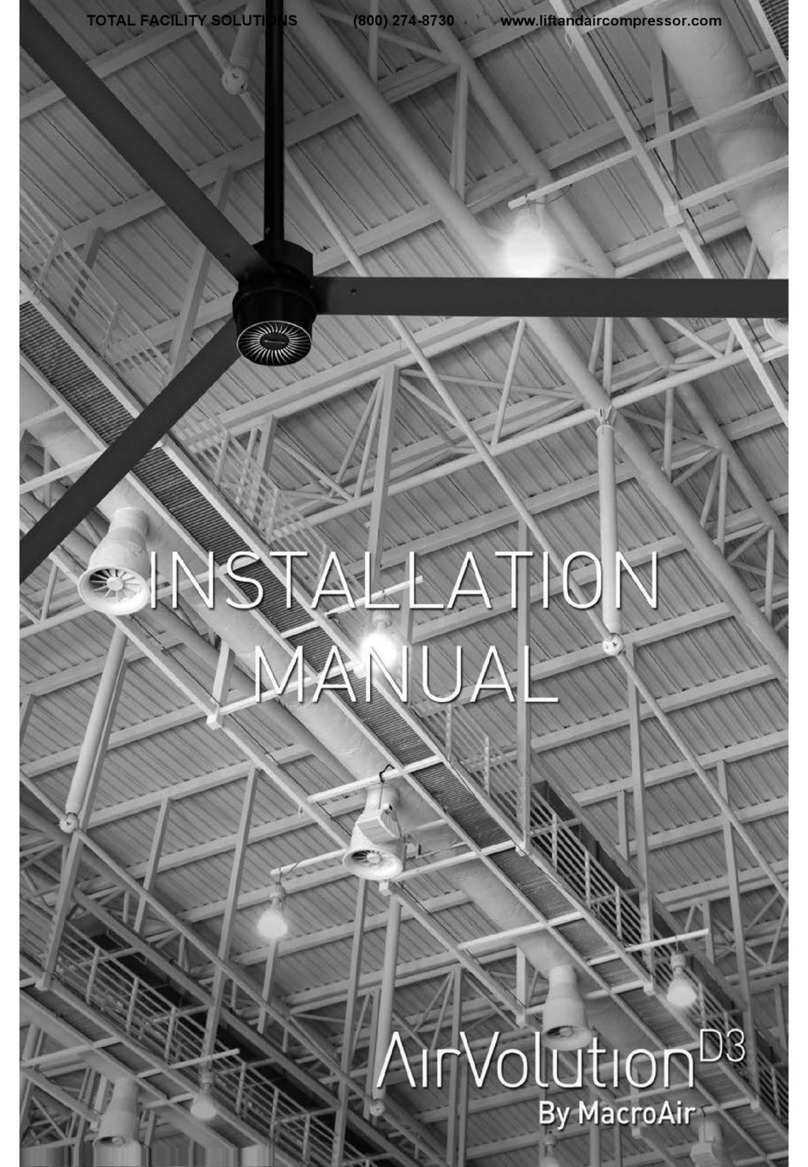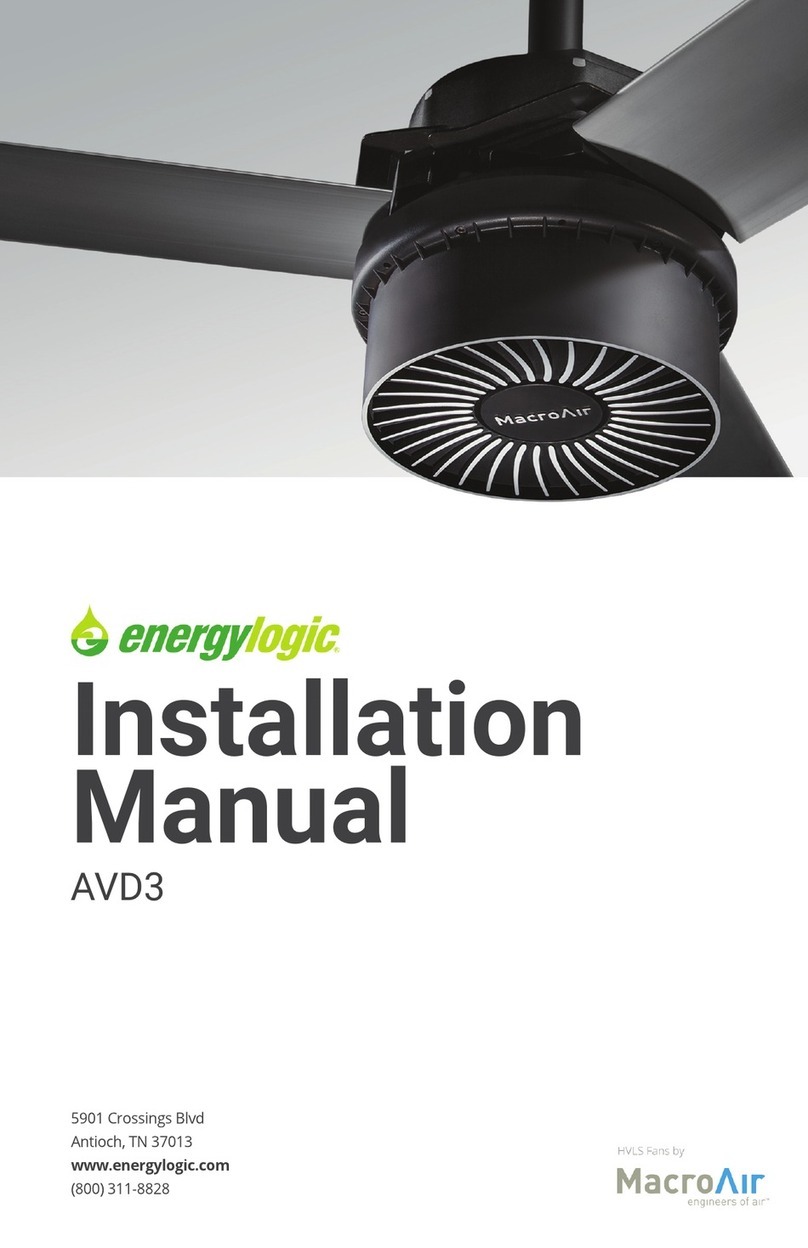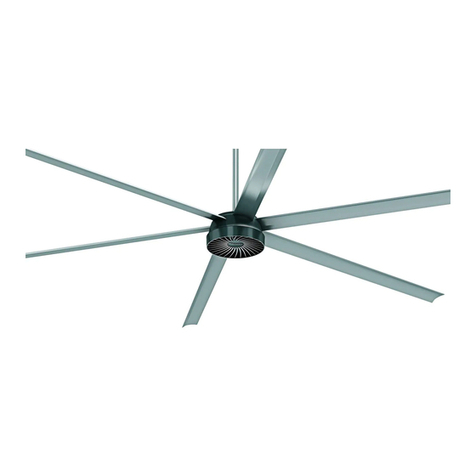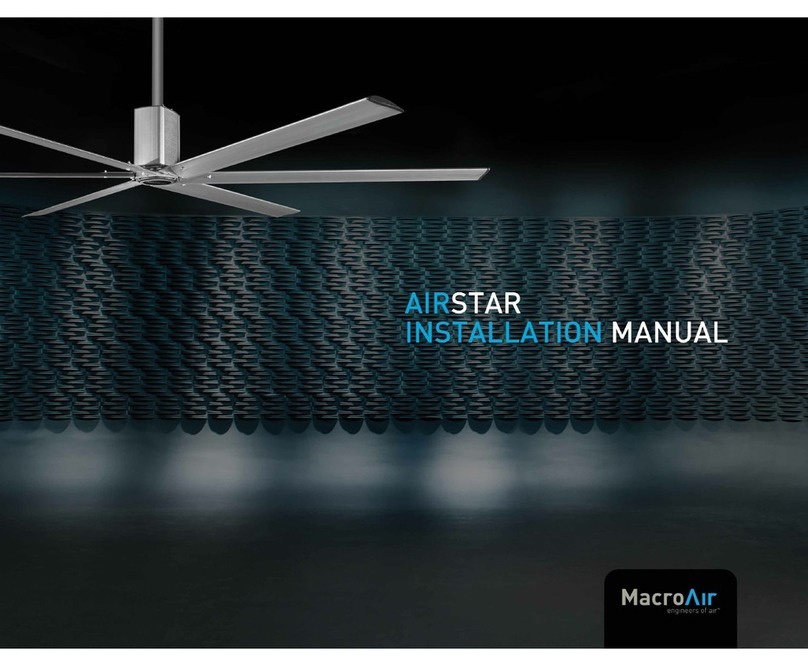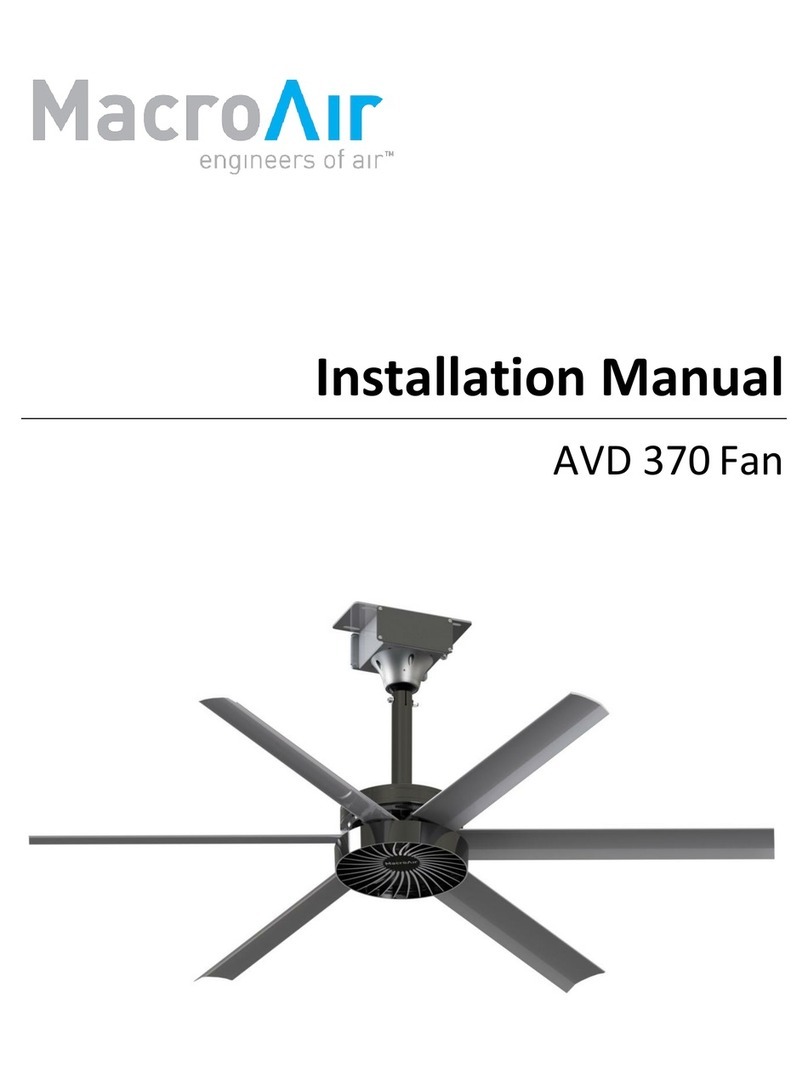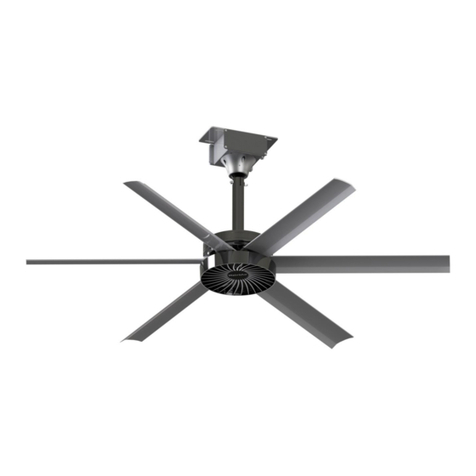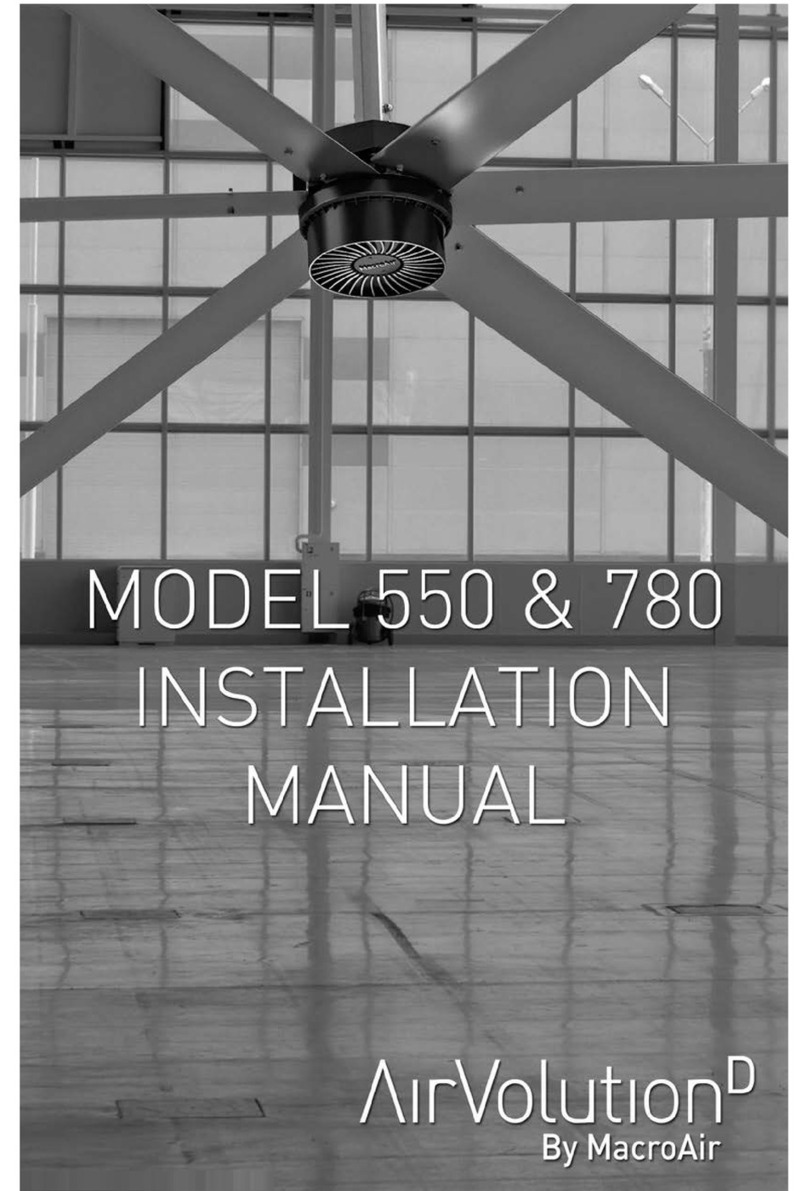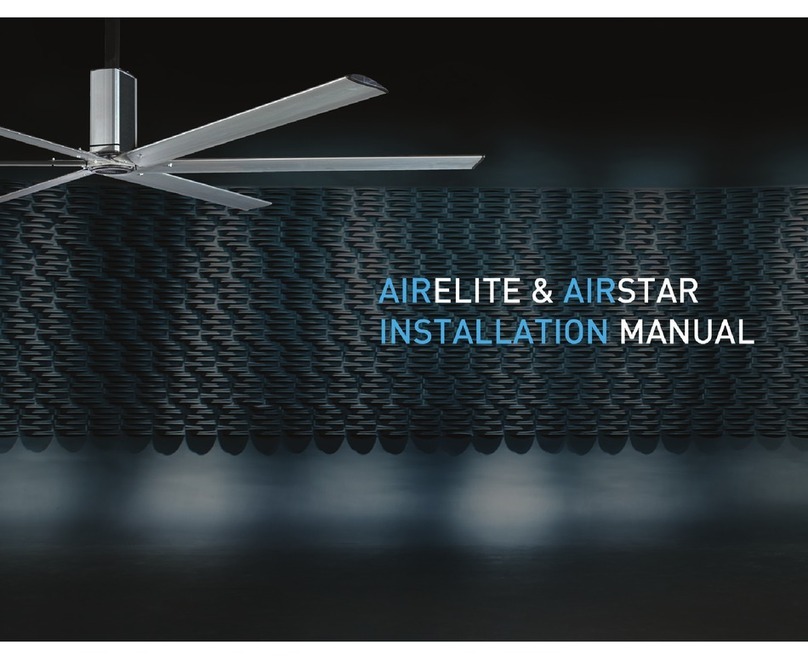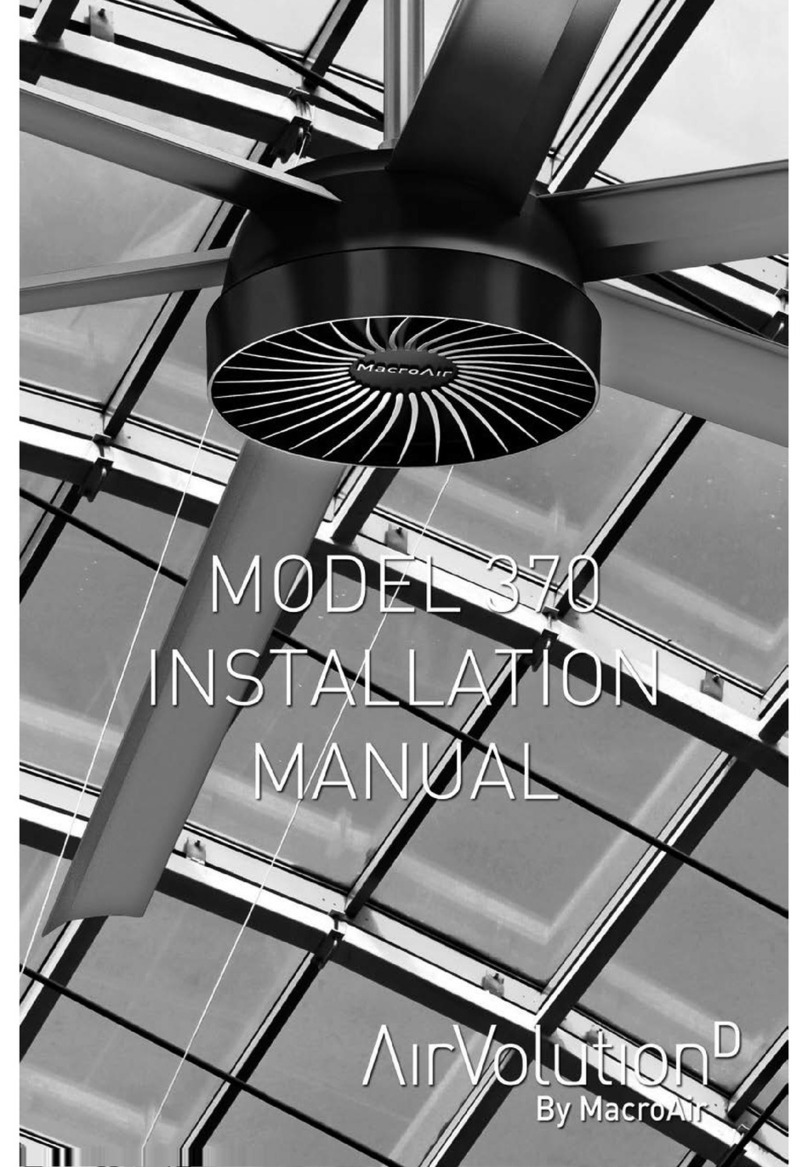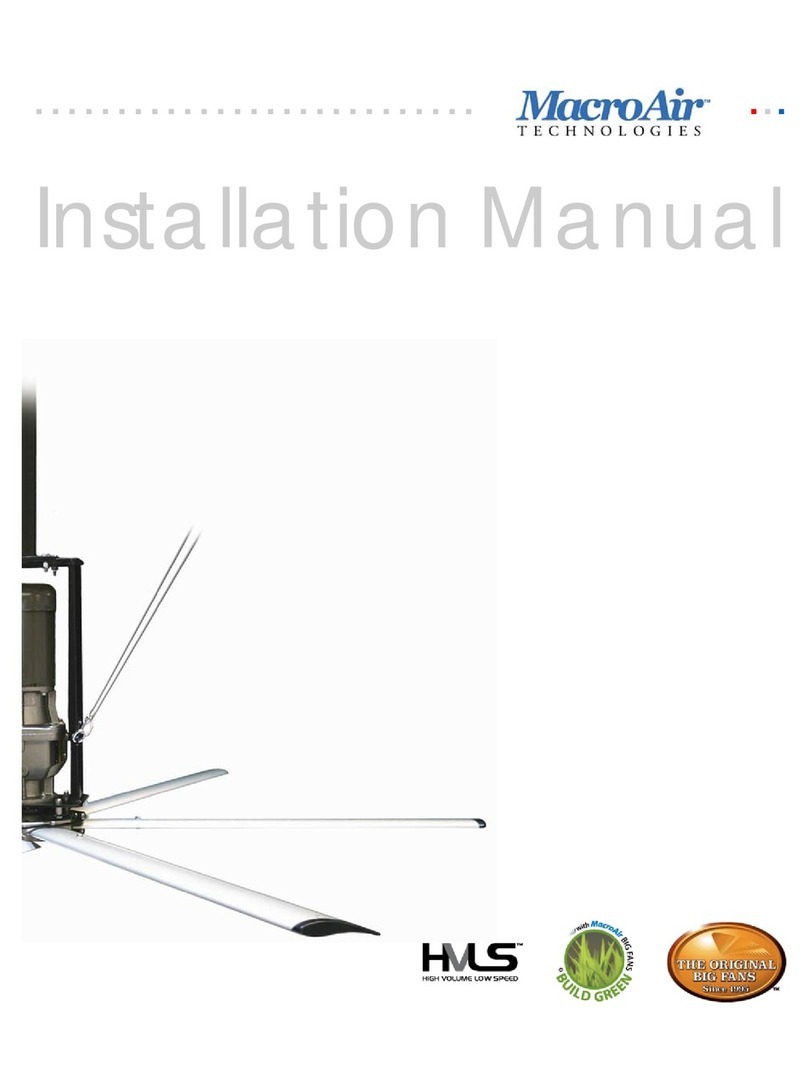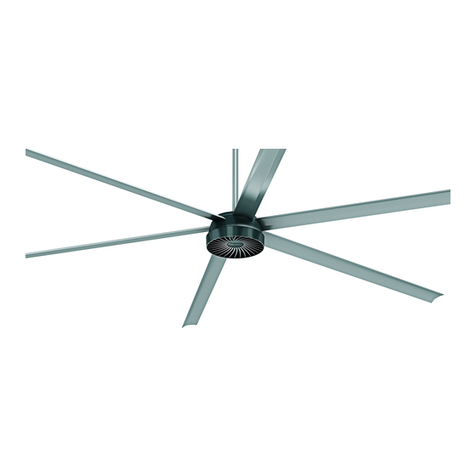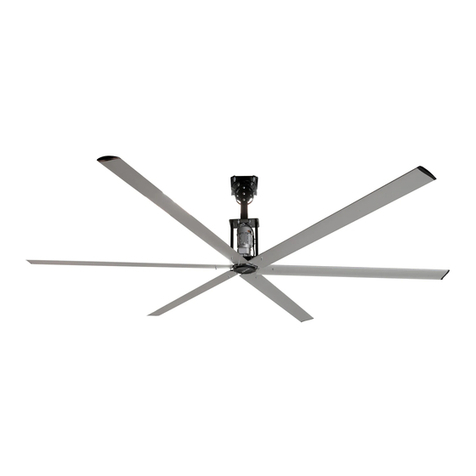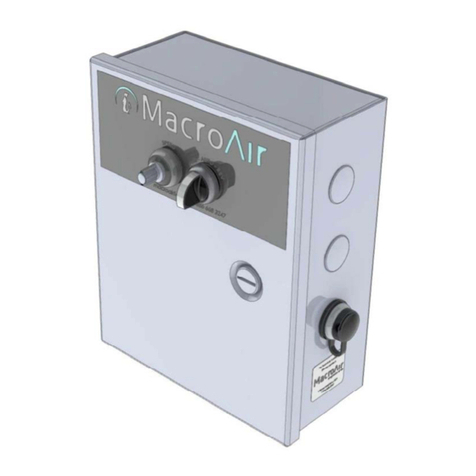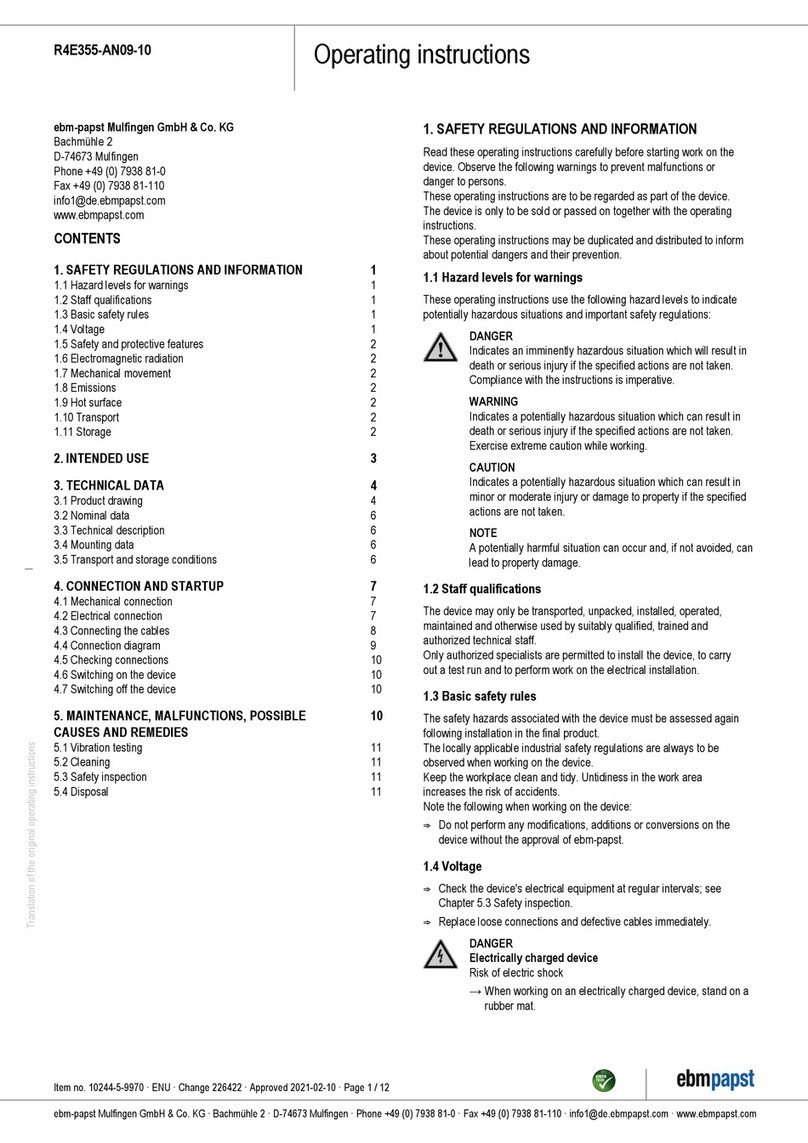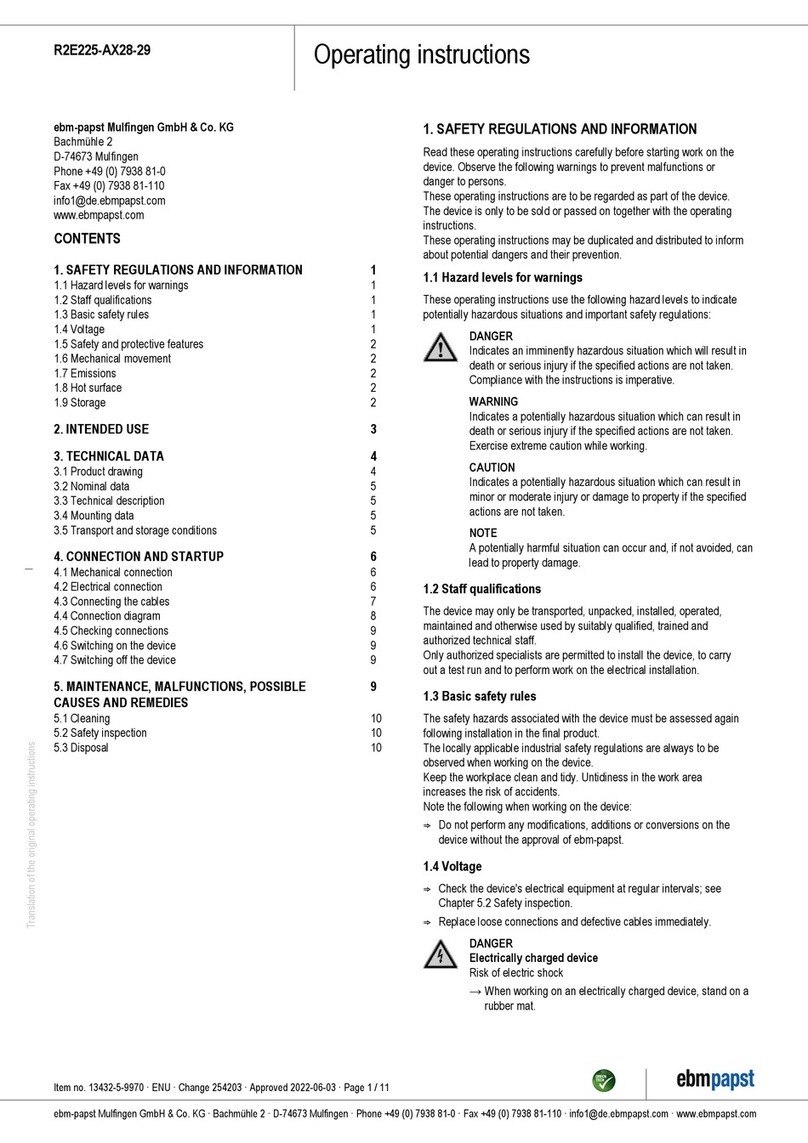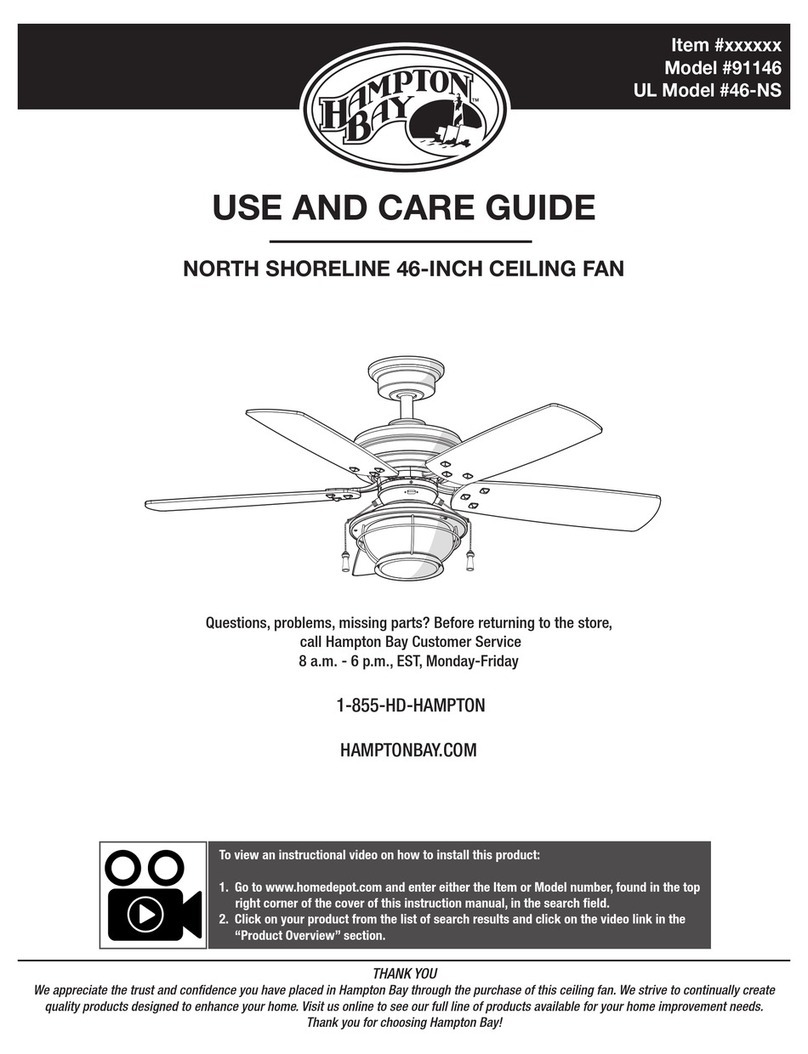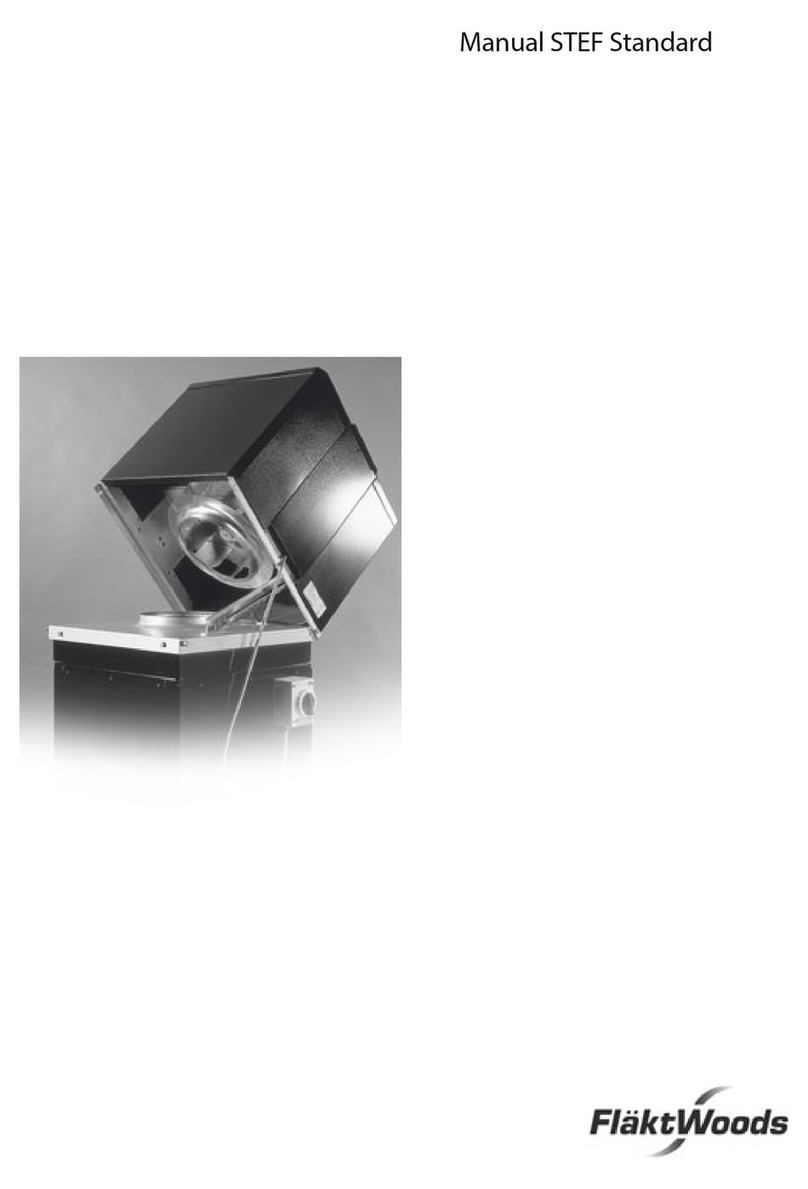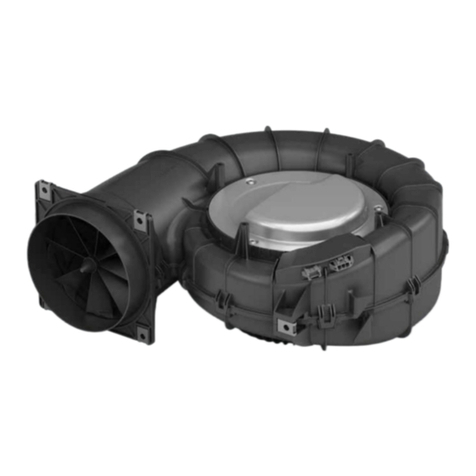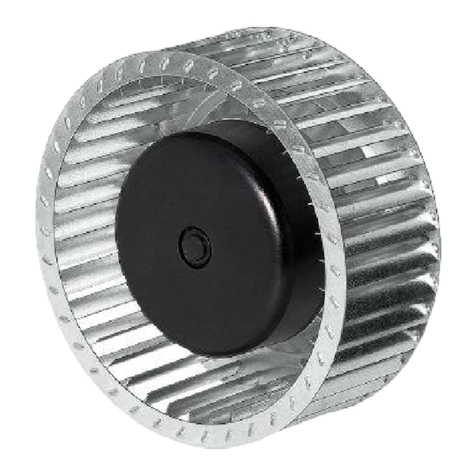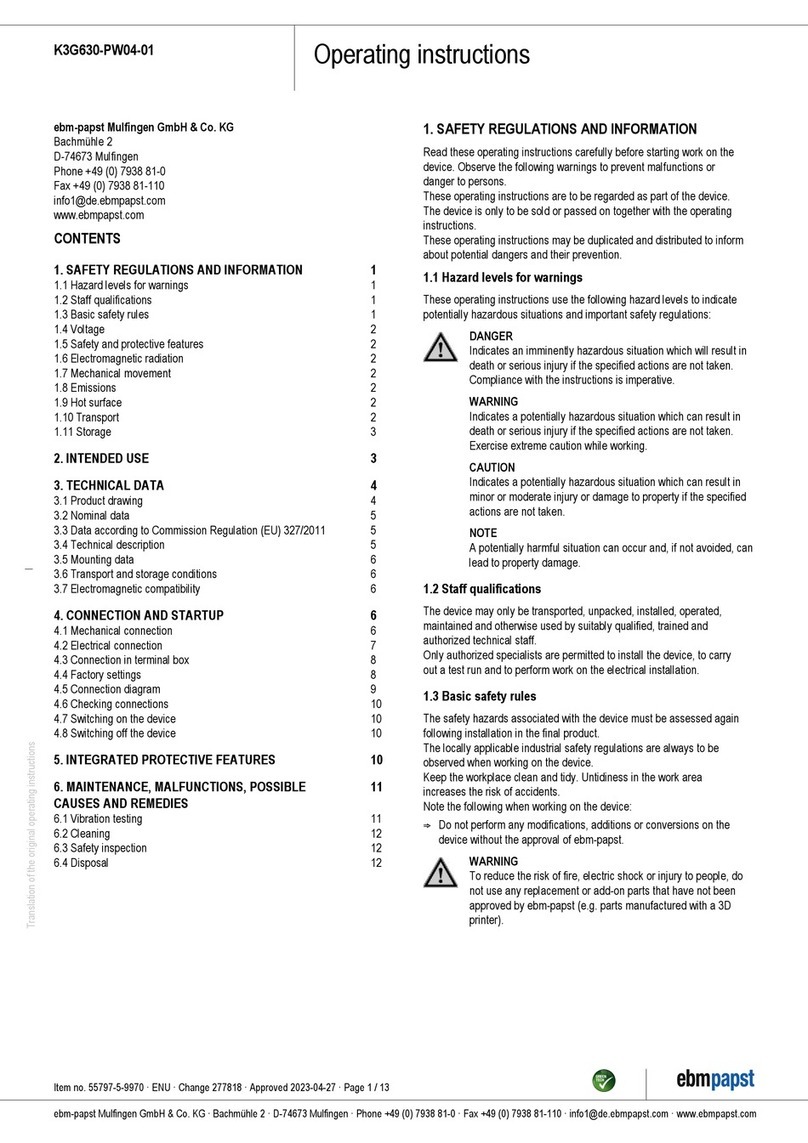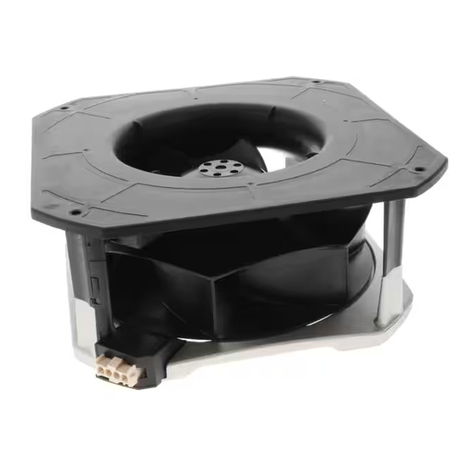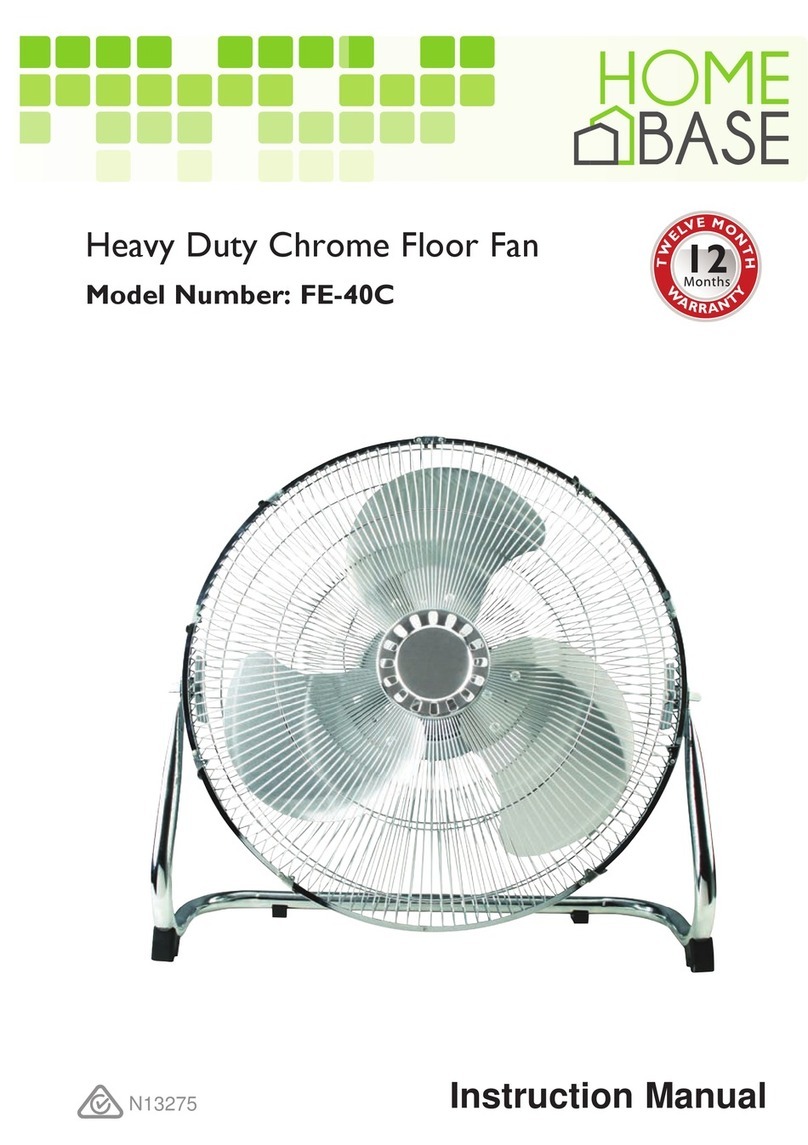
-16-
INSTALLATION GUIDE
Fault Displays, Causes and Possible Solutions
Detailed Fault Displays, Causes and Possible Solutions
ov
Overvoltage
Voltage in the DC bus has exceeded the overvoltage detection level.
• For 200 V class: approximately 410 V
• For 400 V class: approximately 820 V (740 V when E1-01 is less than 400)
Cause Possible Solution
Deceleration time is too short and
regenerative energy flows from the motor
into the drive.
• Increase the deceleration time (C1-02, -04, -06, -08).
• Install a braking resistor or a dynamic braking resistor unit.
• Enable stall prevention during deceleration (L3-04 = “1”).
Stall prevention is enabled as the default setting.
Fast acceleration time causes the motor to
overshoot the speed reference.
• Check if sudden drive acceleration triggers an overvoltage alarm.
• Increase the acceleration time.
• Use longer S-curve acceleration and deceleration times.
Excessive braking load. The braking torque was too high, causing regenerative energy to charge the DC bus.
Reduce the braking torque, use a braking option, or lengthen decel time.
Drive input power voltage is too high. • Check the voltage.
• Lower drive input power voltage within the limits listed in the specifications.
LED Operator Display Fault Name
oC Overcurrent
Drive sensors have detected an output current greater than the specified overcurrent level.
Cause Possible Solution
One of the motor cables has shorted out or
there is a grounding problem.
• Check the motor cables.
• Remove the short circuit and power the drive back up.
• Check the resistance between the motor cables and the ground terminal .
• Replace damaged cables.
The load is too heavy.
• Measure the current flowing into the motor.
• Replace the drive with a larger capacity unit if the current value exceeds the rated current of the
drive.
• Determine if there is sudden fluctuation in the current level.
• Reduce the load to avoid sudden changes in the current level or switch to a larger drive.
The motor cable is too long Use a larger drive.
LED Operator Display Fault Name
LED Operator Display Fault Name
Uv1
DC Bus Undervoltage
One of the following conditions occurred while the drive was in operation:
• Voltage in the DC bus fell below the undervoltage detection level (L2-05).
• For 200 V class: approximately 190 V (160 V for single phase drives)
• For 400 V class: approximately 380 V (350 V when E1-01 is less than 400) The fault is output only
if L2-01 = 0 or L2-01 = 1 and the DC bus voltage is under L2-05 for longer than L2-02.
Cause Possible Solution
Input power phase loss. • The main circuit drive input power is wired incorrectly.
• Correct the wiring.
One of the drive input power wiring
terminals is loose.
• Ensure there are no loose terminals.
• Apply the tightening torque specified in this manual to fasten the terminals. Refer to Wire Gauges
and Tightening Torque on page 55 for details.
There is a problem with the voltage from the
drive input power.
• Check the voltage.
• Correct the voltage to within range listed in drive input power specifications.
The power has been interrupted. Correct the drive input power.
The drive input power transformer is not
large enough and voltage drops after
switching on power.
Check the capacity of the drive input power transformer.
LED Operator Display Fault Name
PF
Input Phase Loss
Drive input power has an open phase or has a large imbalance of voltage between phases. Detected
when L8-05 = 1 (enabled).
Cause Possible Solution
There is phase loss in the drive input power. • Check for wiring errors in the main circuit drive input power.
• Correct the wiring.
There is loose wiring in the drive input power
terminals.
• Ensure the terminals are tightened properly.
• Apply the tightening torque specified in this manual to fasten the terminals. Refer to Wire Gauges
and Tightening Torque on page 55 for details.
There is excessive fluctuation in the drive
input power voltage.
• Check the voltage from the drive input power.
• Review the possible solutions for stabilizing the drive input power.
• Disable Input Phase Loss Detection (L8-05 = “0”). PF is detected if DC bus ripple is too high. If it
is disabled, there is no fault but the ripple is still too high, thereby the capacitors are stressed more
and lose lifetime.
LED Operator Display Fault Name
oL1 Motor Overload
The electrothermal sensor tripped overload protection.
Cause Possible Solution
Load is too heavy. Reduce the load.
• Drive overloaded at low speeds.
• Overload may occur at low speeds when
using a general-purpose motor, even if
operating within the rated current
limitation.
• Reduce the load.
• Increase the speed.
• If the drive is supposed to operate at low speeds, either increase the motor capacity or use a motor
specifically designed to operate with the drive.
Multiple motors are running off the same
drive. Disable the Motor Protection function (L1-01 = “0”) and install a thermal relay to each motor.
LED Operator Display Fault Name
oL2 Drive Overload
The thermal sensor of the drive triggered overload protection.
Cause Possible Solution
Load is too heavy. Reduce the load.
Overload occurred when operating at low
speeds.
• Reduce the load when operating at low speeds.
• Replace the drive with a model that is one frame size larger.
• Lower the carrier frequency (C6-02).
Excessive torque compensation. Reduce the torque compensation gain (C4-01) until there is no speed loss but less current.
Output current fluctuation due to input phase
loss Check the power supply for phase loss.



















